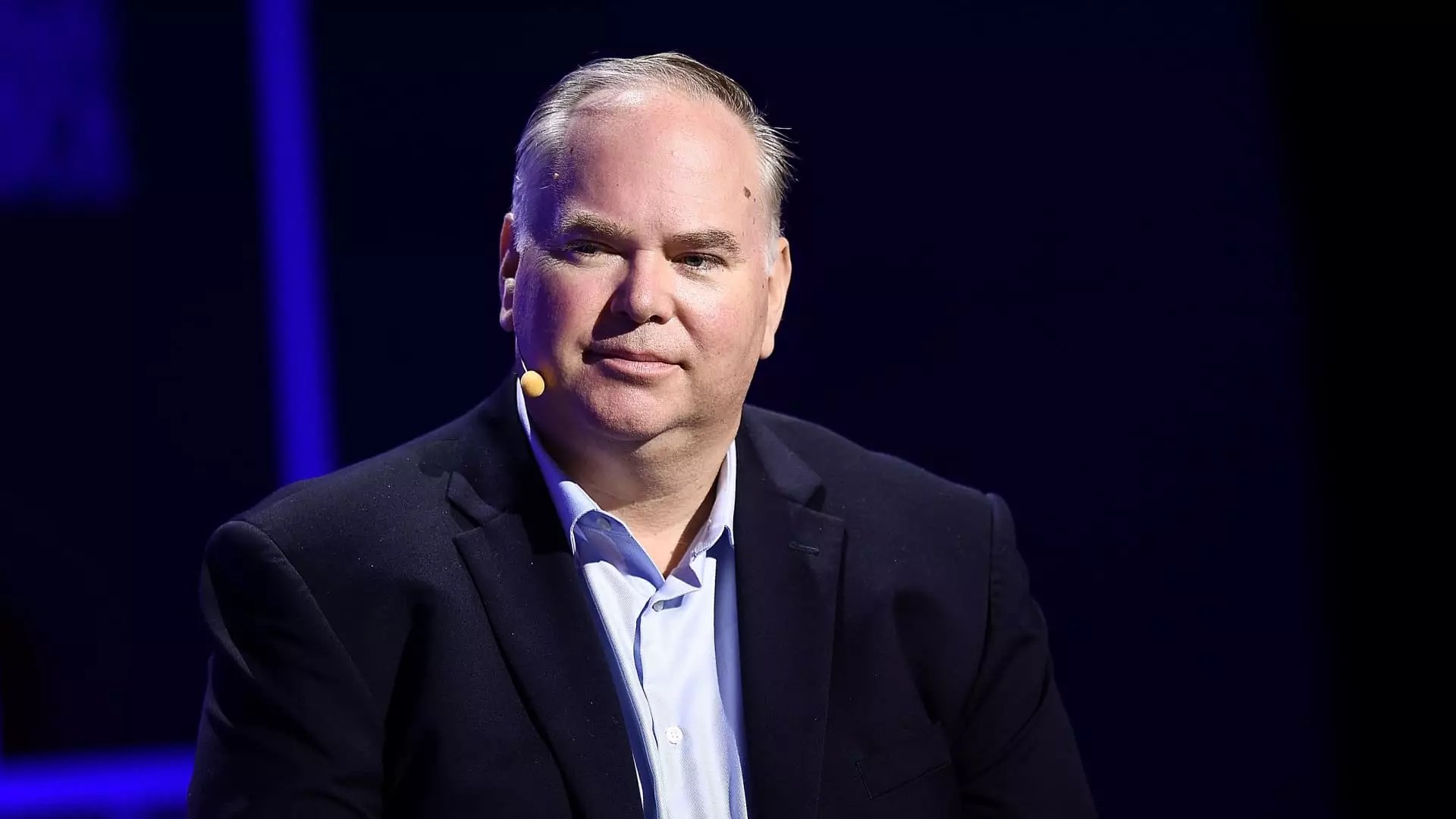In the ongoing battle of airline dominance, the narrative of the “death” of the deep-discount carrier has gained momentum—fueled largely by major players like United Airlines. However, this oversimplifies the resilience and strategic importance of ultra-low-cost carriers (ULCCs) such as Frontier Airlines. United’s CEO Scott Kirby’s assertion that Spirit Airlines will go out of business, based on “good math,” reveals a lack of understanding of the fundamental dynamics that keep these budget giants afloat. Discounter airlines are not relics doomed to fail; instead, they are adaptable entities that serve a vital segment of the traveling population—those craving affordability without sacrificing accessibility.
Far from being pushed out of the market, ULCCs exploit an oversupply of domestic flights that larger airlines inadvertently help cement. As the airlines expand their networks and diversify their offerings, budget carriers have learned to innovate and carve out niches, rather than merely survive. Rather than declining into obsolescence, they are refashioning themselves to meet new demands—bundling upscale options and embracing a new definition of value.
The Financial Strength and Strategic Flexibility of Ultra-Low-Cost Airlines
A critical analysis of the financial metrics reveals a stark contrast between robust ULCCs and their larger counterparts. Frontier Airlines, for instance, boasts operating costs of approximately 7.50 cents per available seat mile (excluding fuel), a figure significantly lower than United’s 12.36 cents. This cost efficiency is a product of leaner operating models, simplified service offerings, and lower labor costs, all of which shield them from the volatility plaguing bigger airlines. Despite the industry’s turbulence post-pandemic—cost escalations, shifting demand, and labor shortages—ULCCs have maintained their profitability, often focusing on market segments that traditional airlines overlook.
Moreover, these carriers often target consumers who won’t fly at all without the lure of ultra-low fares. They are the gateways for first-time travelers, budget-conscious families, and even affluent customers seeking to maximize their travel budgets by splurging on accommodations or experiences instead of flight upgrades. This diversified approach—mixing low-cost travel with upscale add-ons—is a testament to their agility and resilience.
The Political and Economic Underpinnings of Market Competition
From a broader perspective, the fierce rhetoric exchanged between airline executives underscores the ideological clash between different business models. Kirby’s dismissive claim that Spirit is destined for collapse and Biffle’s retort that the “sinking ship” metaphor ignores the fundamental economic reality: the marketplace values competition and choice. U.S. airline markets are characterized by excess capacity—a symptom of excessive regulatory barriers and overexpansion by legacy carriers that often prioritize route saturation over profitability.
In this environment, ultra-low-cost carriers serve as a vital counterbalance to sprawling, heavily subsidized networks. They provide market discipline, forcing larger airlines to offer competitive fares and better value. Rather than view ULCCs as threats, a centrist-liberal perspective might recognize them as essential catalysts for consumer welfare and market efficiency. Their willingness to serve underserved routes and maintain cost discipline pushes the entire industry toward more innovative and customer-centric practices.
The Future of Low-Cost Carriers: Innovation or Echoes of Obsolescence?
The storyline that ULCCs are fighting a losing battle against rising costs and saturation misses an essential point: these airlines are actively reinventing themselves. No longer are they merely discount providers; they are evolving into hybrid models, blending affordability with modest premium offerings. The pursuit of bundling services and upgrading customer experience without dramatically increasing fares exemplifies this shift.
While larger airlines attempt to emulate some of these strategies—adding basic economy fares and economy bundles—the success lies with those who understand their core strength: delivering value where it counts. The future belongs to operators who can effectively balance cost control with innovation, and in that game, ultra-low-cost airlines hold a competitive edge. United and other giants cannot dismiss this reality—they must learn to compete, not just through market suppression, but by embracing the flexibility and customer focus that ULCCs exemplify.
The current landscape isn’t about a “death” spiral for discount airlines; it’s a marketplace where different models coexist, competing and learning from each other. The real winners will be consumers, who increasingly demand diverse options, consistent value, and innovative service bundles—traits that ULCCs are uniquely positioned to deliver, even amid the noise of industry disputes.


Leave a Reply